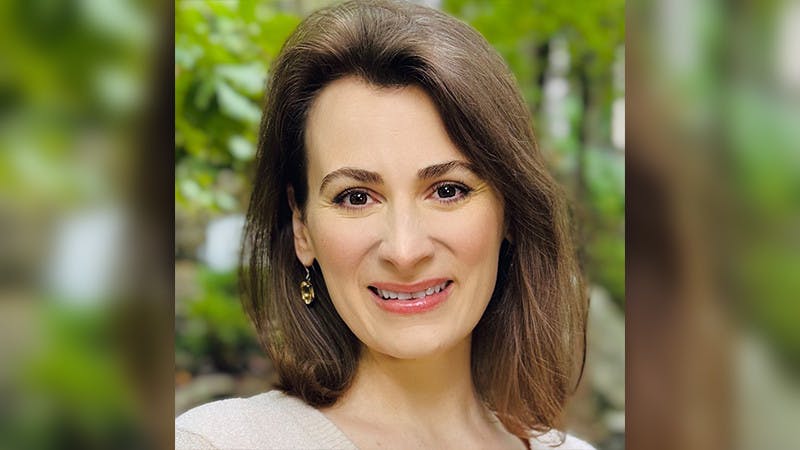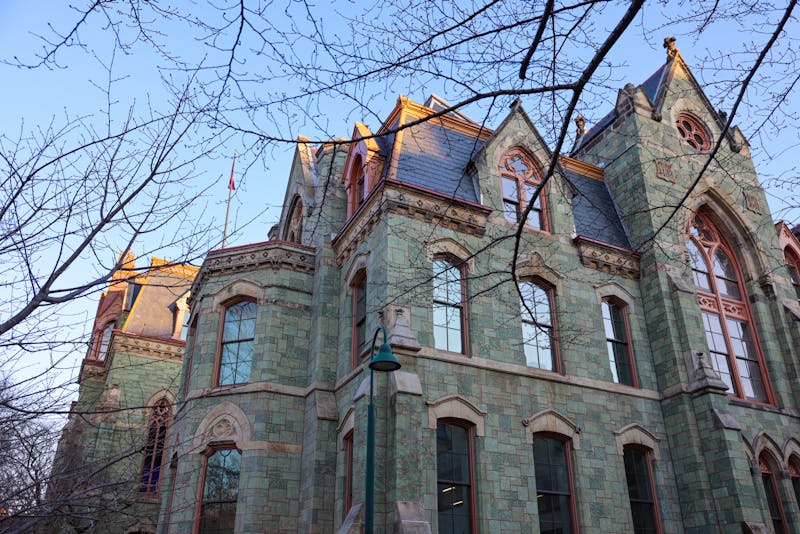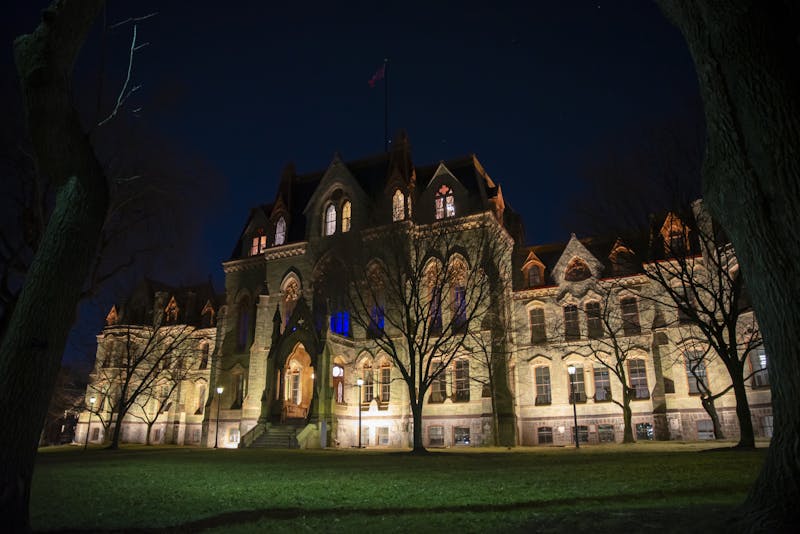While Philadelphia's population decline is slowing, recent estimates show that University City has in fact grown in the past few years.
According to a U.S. Census Bureau estimate, the city's population has decreased by just 47,399 -- compared to 1,517,550 in 2000 to 1,470,151 in mid-2004.
In contrast, University City has seen an increase of aproximately 1,220 people during that same period, according to Claritas, a commercial demographic estimation company.
The tapering of Philadelphia's population since the 1950s -- when it hit a peak of more than 2 million -- is explained by shifting demographics, including suburban sprawl and white flight, as well as the poverty that troubled the city in the 1970s.
And though Clarias data may not be accurate down to the individual, the overall trends in both Philadelphia and University City are not surprising.
"The mayor feels that the census study indicates that people feel better about the city today," said Deborah Bolling, a spokeswoman for Mayor John Street.
She attributed the slowing population decline to many of Street's initiatives, adding that with improvements to existing housing, new construction projects and the removal of vacant lots, "we've invested more in our neighborhoods, hoping it would have an impact, and we know it has."
Barry Grossbach, a director of the Spruce Hill Community Association, said that University City population increases stem from perceived improvements in quality of life -- including upgraded amenities and the area's affordability -- as well as its proximity to Center City.
Growth in the city has been most apparent in Center City because of the increasing number of new housing units, said Gary Jastrzab, director of the Strategic Planning and Policy Division for the Philadelphia City Planning Commission.
Jastrzab said that 8,400 new housing units in the city have "acted to reduce the traditional population losses that the city has been experiencing."
The largest decline occurred between 1970 and 1980, when the city lost 13.4 percent of its population.
Since then, however, population figures have been slightly more promising with each census.
Between 1980 and 1990, population loss was 6.1 percent, and it then slowed to 4.3 percent between 1990 and 2000.
Philadelphia is not alone in its losses, Jastrzab said, adding that there has been general movement from the Northeast and Midwest to the South and Southwest and an increase in the population of cities such as Los Angeles, Houston and Atlanta.
He said that with a blooming entertainment and restaurant scene, there is a general sense that Philadelphia is making a comeback.
Still, the figures may not bear up under further scrutiny.
Data collected by the Census Bureau are taken citywide. In contrast, Claritas derived University City's population from projections of census data while not revealing its methodology.
Social Welfare Policy professor Dennis Culhane therefore doubts that University City's population grew as much as projected, noting that only a few units of new housing are being built in University City.
However, he said that University City is currently a destination neighborhood, adding that the growth in Center City is spilling out into contiguous areas.
The Daily Pennsylvanian is an independent, student-run newspaper. Please consider making a donation to support the coverage that shapes the University. Your generosity ensures a future of strong journalism at Penn.
DonatePlease note All comments are eligible for publication in The Daily Pennsylvanian.







